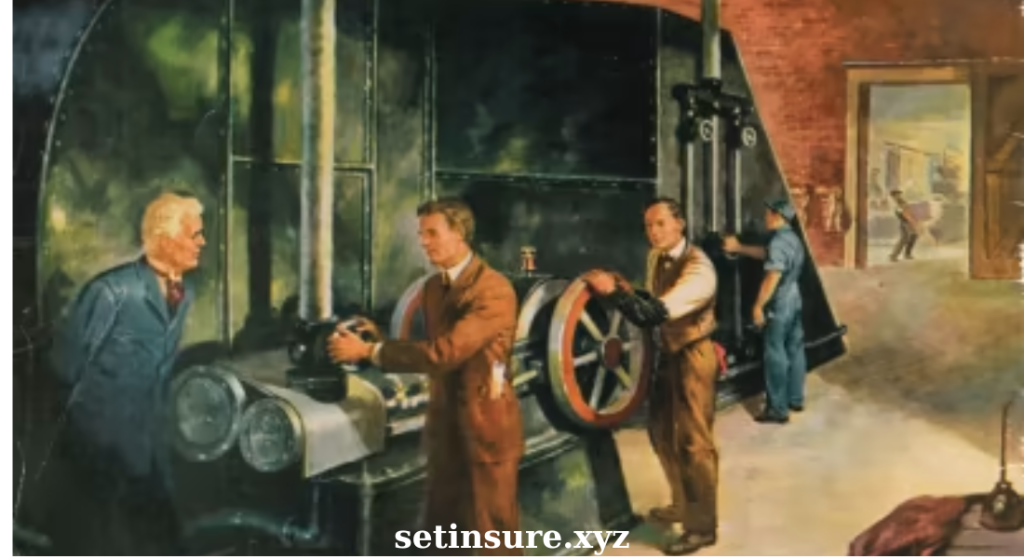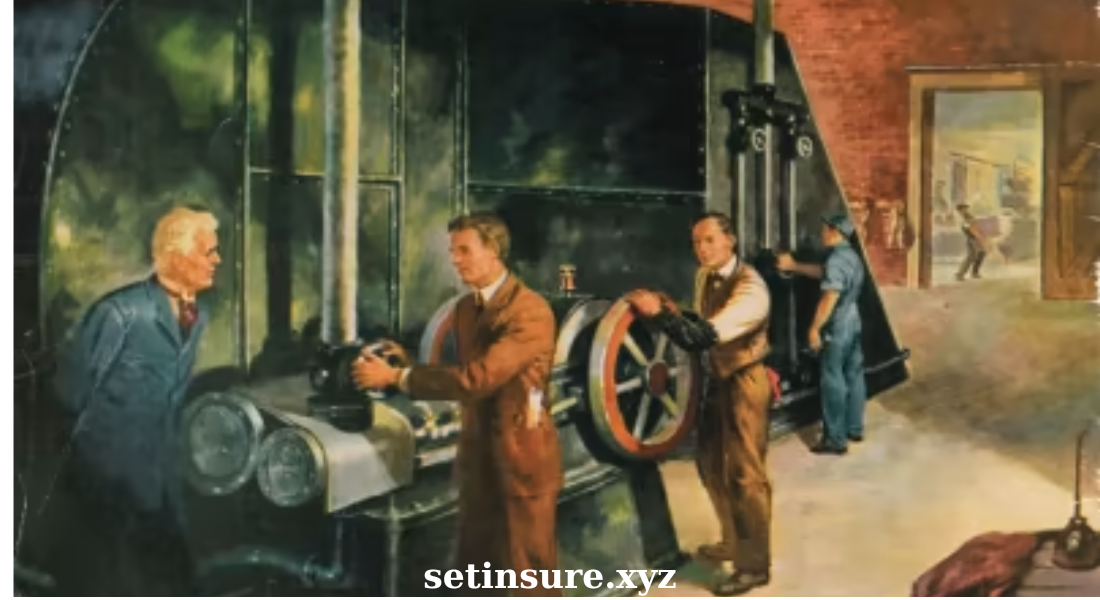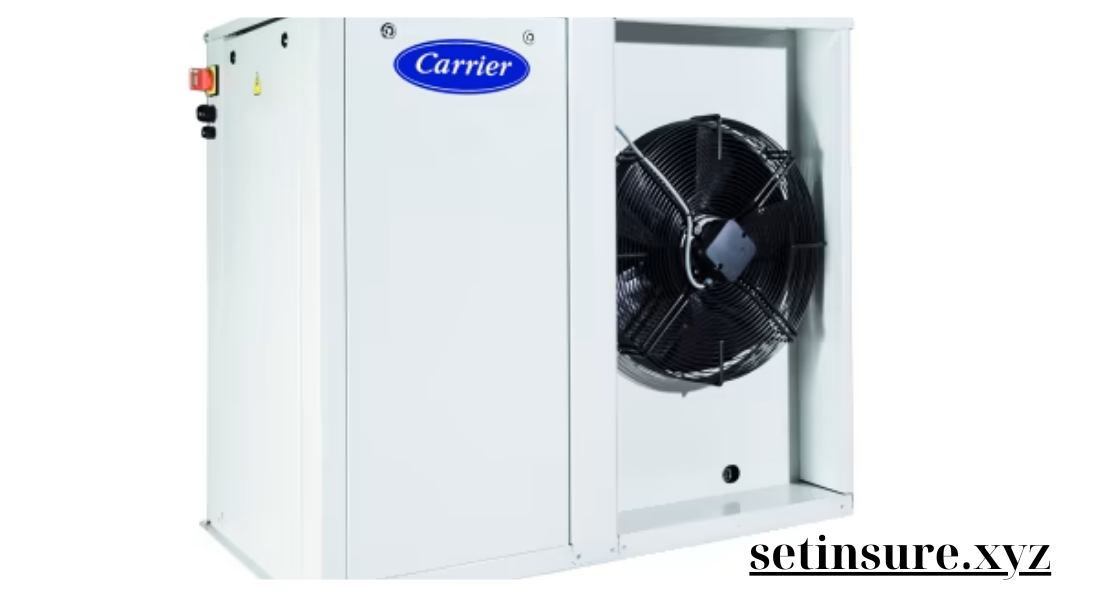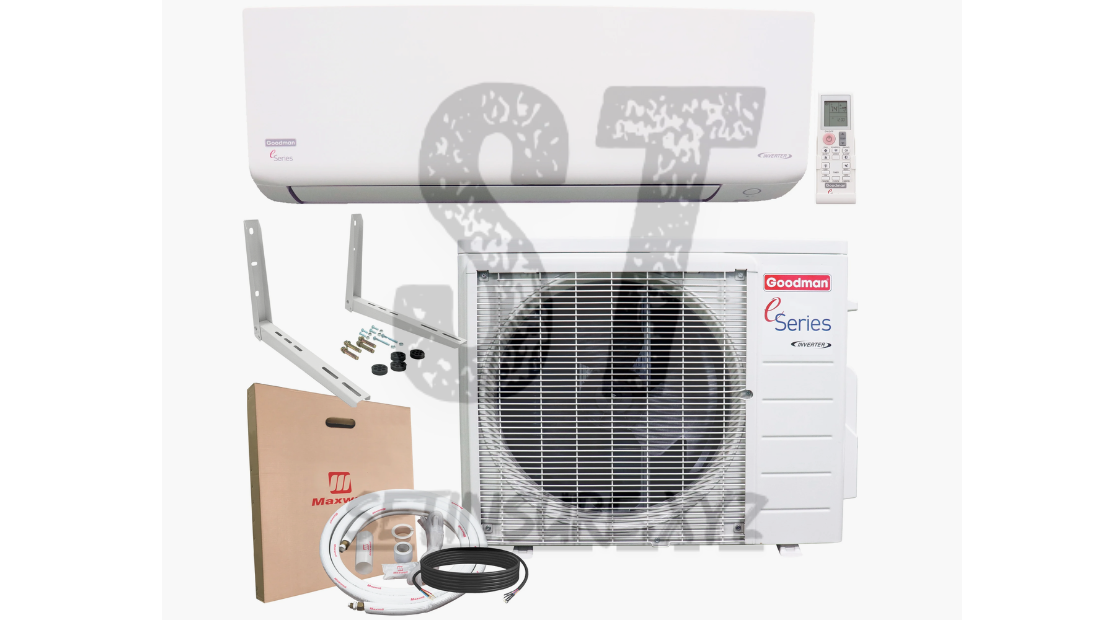Carrier refrigeration has a storied history that reflects the evolution of modern cooling technologies and the essential role they play in our daily lives. Founded by the inventor of air conditioning, Willis Haviland Carrier, the company has continually innovated, setting the standard for refrigeration and climate control. In this article, we will explore the rich history of Carrier refrigeration, highlighting its major milestones, technological advancements, and contributions to the industry.

The Birth of Refrigeration: Early Innovations
The history of Carrier refrigeration begins in the early 20th century with Willis Carrier’s groundbreaking work in air conditioning. In 1902, while working at a printing plant in Brooklyn, New York, Carrier developed a system to control humidity and temperature, drastically improving the quality of printed materials. This innovation marked the dawn of modern air conditioning and laid the foundation for what would become Carrier refrigeration.
Carrier’s initial invention addressed a crucial need for temperature control in industrial applications, but its impact would soon extend far beyond manufacturing. By 1915, Carrier established the Carrier Engineering Corporation, focusing on both residential and commercial refrigeration solutions.
Expanding Horizons: The 1920s and 1930s
Throughout the 1920s and 1930s, Carrier refrigeration began to gain traction in the consumer market. The company introduced several key products, including the first residential air conditioning unit in 1914, making cooling accessible to homeowners for the first time.
The Evolution of Commercial Refrigeration
During this period, Carrier refrigeration also expanded into commercial applications. The introduction of the “Refrigeration System for Store Display Cases” in 1935 revolutionized food retail, allowing for better preservation and display of perishables. This innovation not only enhanced food safety but also transformed the shopping experience, as consumers could now see fresh produce and meats in optimal conditions.
Carrier’s advancements in refrigeration technology positioned the company as a leader in the market. The company’s commitment to innovation continued to drive its growth, making it a household name synonymous with reliable cooling solutions.
Post-War Growth: The 1940s to 1960s
The end of World War II marked a period of expansion and innovation for Carrier refrigeration. As the economy boomed, demand for air conditioning and refrigeration surged. Carrier responded by introducing a range of new products, including packaged air conditioning units and commercial refrigeration systems.
Advancements in Technology
In 1950, Carrier developed the first self-contained air conditioning unit, which simplified installation and maintenance. This innovation allowed for greater flexibility in cooling applications, making Carrier refrigeration systems ideal for various environments, from homes to large commercial spaces.
During this time, Carrier also expanded its global reach, establishing operations in multiple countries and adapting its products to meet regional needs. The company’s commitment to research and development ensured it remained at the forefront of refrigeration technology.
The Era of Innovation: The 1970s to 1990s
The 1970s and 1980s saw significant advancements in energy efficiency and environmental responsibility. As concerns about energy consumption and refrigerants’ environmental impact grew, Carrier refrigeration took the initiative to develop more sustainable solutions.
Energy-Efficient Refrigeration
In the late 1980s, Carrier introduced the first line of energy-efficient commercial refrigeration systems, which used environmentally friendly refrigerants. This marked a significant step toward reducing the carbon footprint of refrigeration technologies. Carrier’s innovations in energy efficiency not only helped the environment but also provided cost savings for businesses and consumers alike.
By the 1990s, Carrier refrigeration was well-established as a leader in the industry, known for its high-quality products and commitment to sustainability. The company continued to innovate, developing advanced control systems and monitoring technologies that enhanced the efficiency of refrigeration units.
The New Millennium: 2000s and Beyond
As the new millennium arrived, Carrier refrigeration continued to embrace innovation and sustainability. The company focused on integrating smart technologies into its refrigeration systems, allowing for better monitoring and control.
Embracing Smart Technology
In the 2000s, Carrier launched its line of smart refrigeration solutions, which featured advanced sensors and connectivity options. These technologies enabled businesses to monitor their refrigeration systems remotely, ensuring optimal performance and reducing energy consumption. This shift toward smart technology has had a profound impact on the industry, setting new standards for efficiency and convenience.
Carrier refrigeration also made significant strides in the field of sustainability. The company committed to reducing greenhouse gas emissions and improving energy efficiency across its product lines. This dedication to environmental responsibility has made Carrier a preferred choice for businesses seeking eco-friendly refrigeration solutions.
A Commitment to the Future: Innovations in Sustainability
Today, Carrier refrigeration is at the forefront of developing sustainable refrigeration solutions. The company has made significant investments in research and development to create products that minimize environmental impact while maximizing performance.
New Refrigerants and Energy Solutions
Carrier has actively participated in the transition to low-GWP (global warming potential) refrigerants, aligning its product offerings with global sustainability goals. The company’s efforts to develop natural refrigerants, such as CO2, reflect its commitment to reducing the carbon footprint of refrigeration technologies.
Conclusion
The history of Carrier refrigeration is a remarkable journey of innovation, adaptation, and commitment to quality. From Willis Carrier’s groundbreaking work in the early 1900s to the company’s current focus on sustainability and smart technology, Carrier has continually evolved to meet the changing needs of consumers and businesses alike.
With a legacy of excellence in refrigeration, Carrier stands as a leader in the industry, known for its dedication to innovation, efficiency, and environmental responsibility. As we look to the future, Carrier refrigeration is well-positioned to continue shaping the industry, providing cutting-edge solutions that enhance comfort and sustainability.
Keywords: Carrier refrigeration history
In summary, the history of Carrier refrigeration reflects not only the company’s journey but also the broader evolution of refrigeration technology itself. Through its commitment to innovation and sustainability, Carrier continues to pave the way for a cooler, more efficient future.



